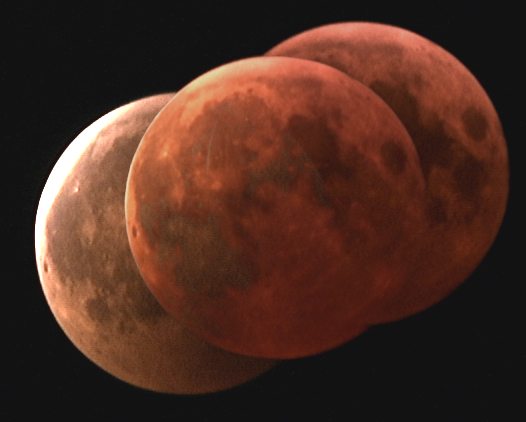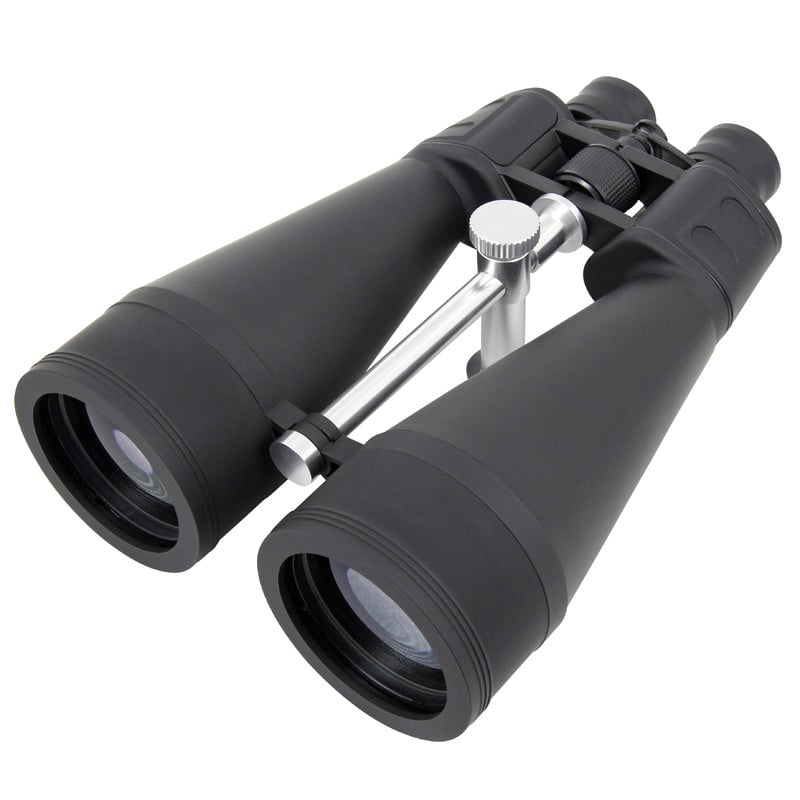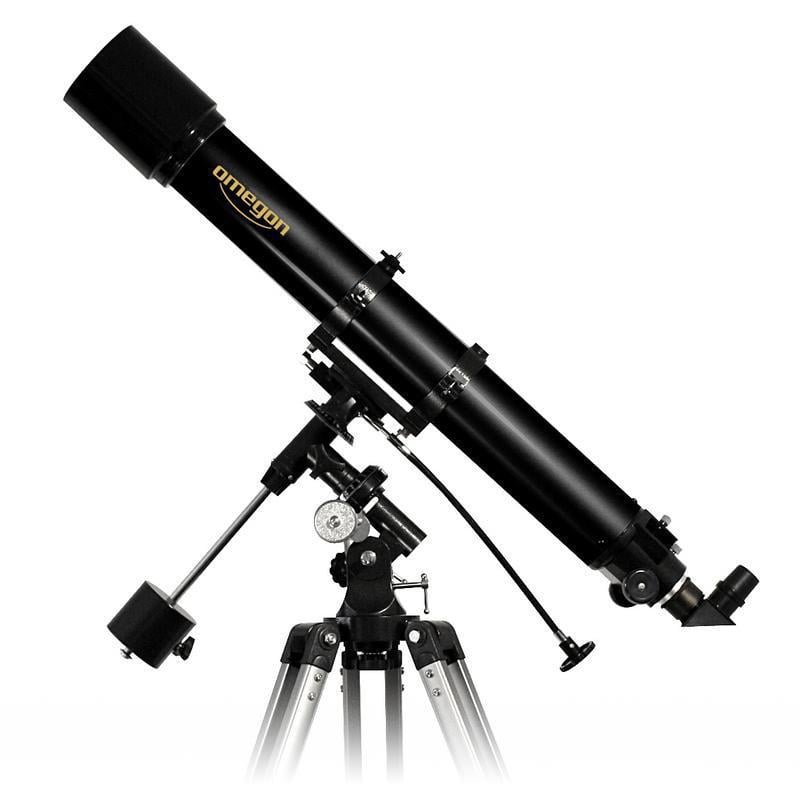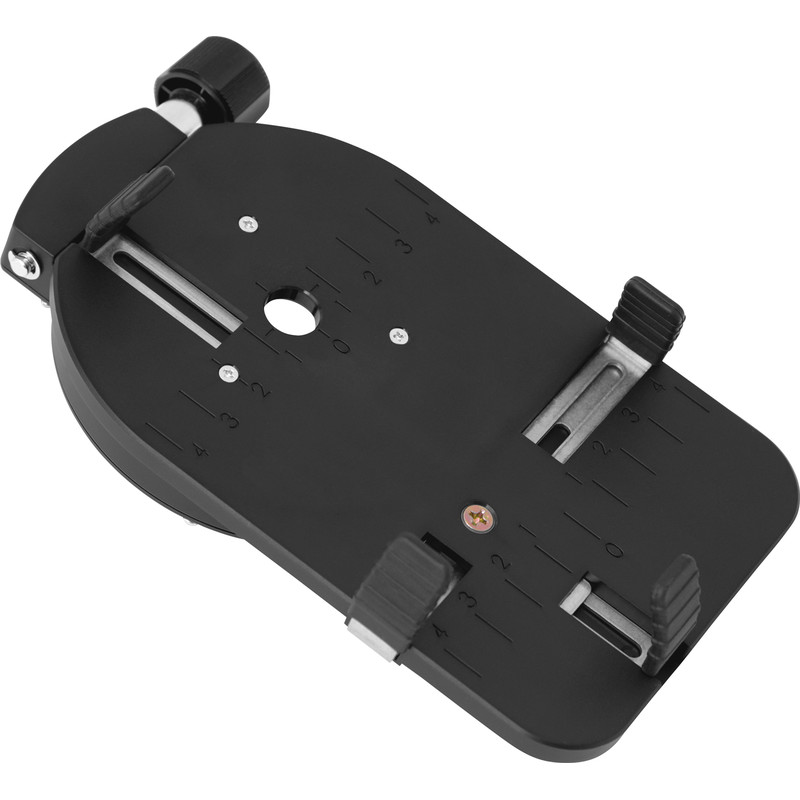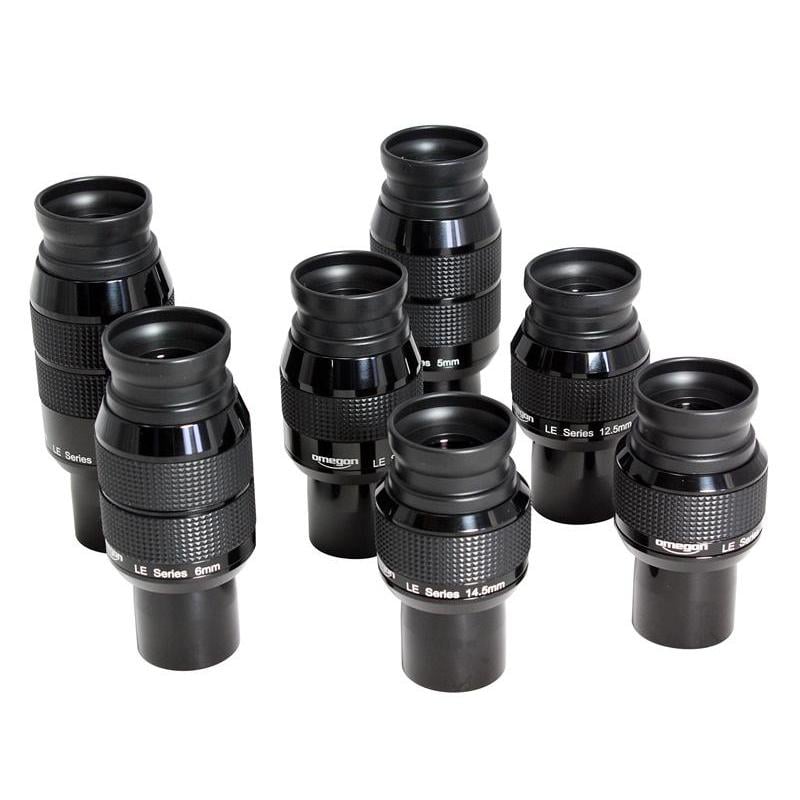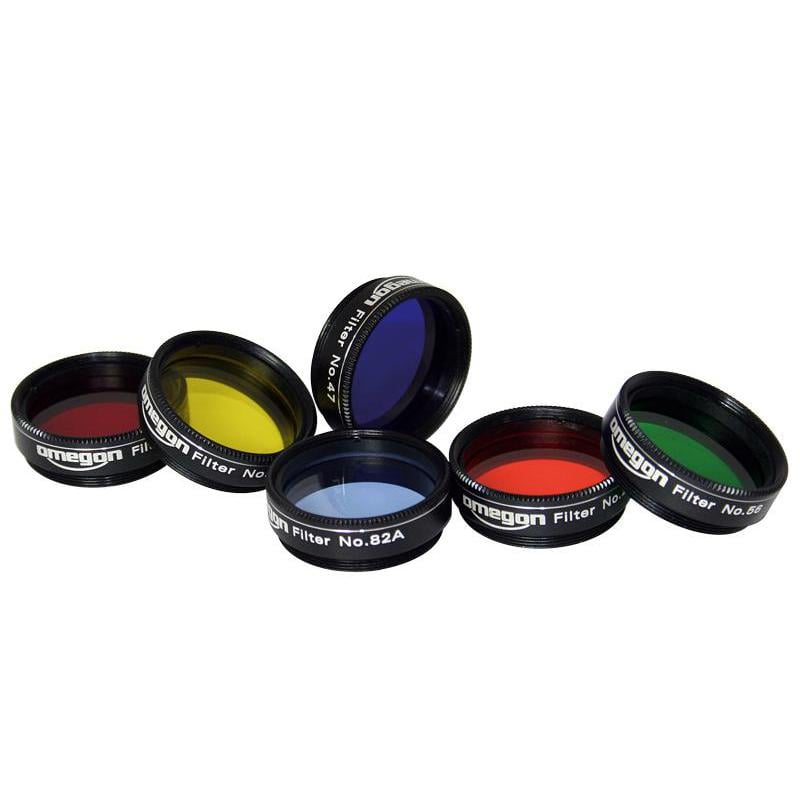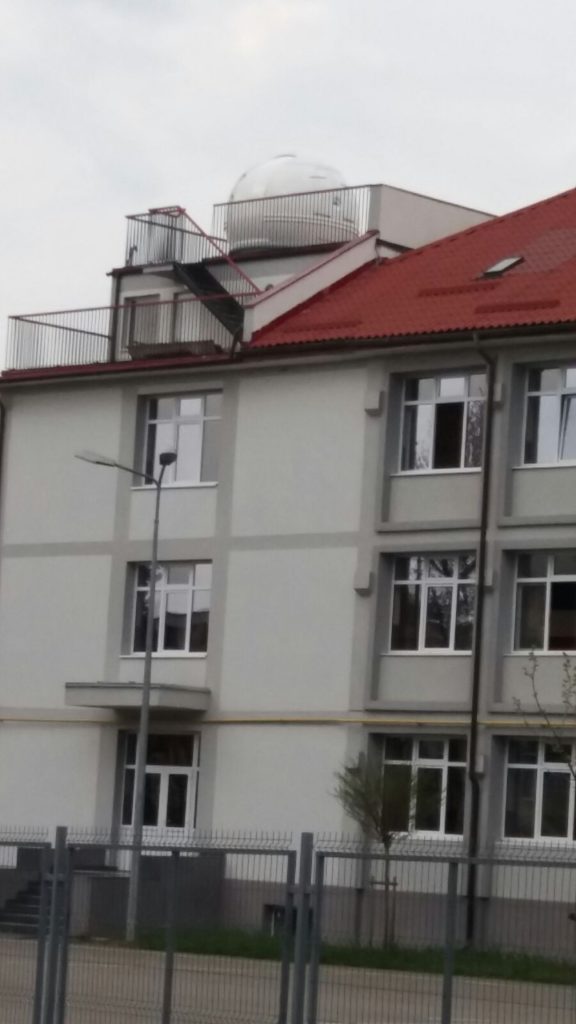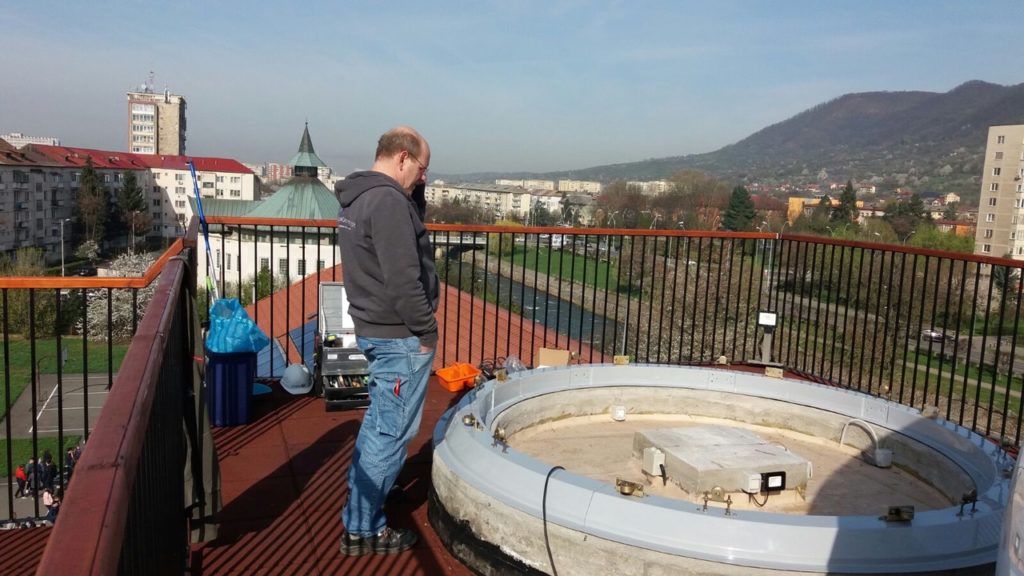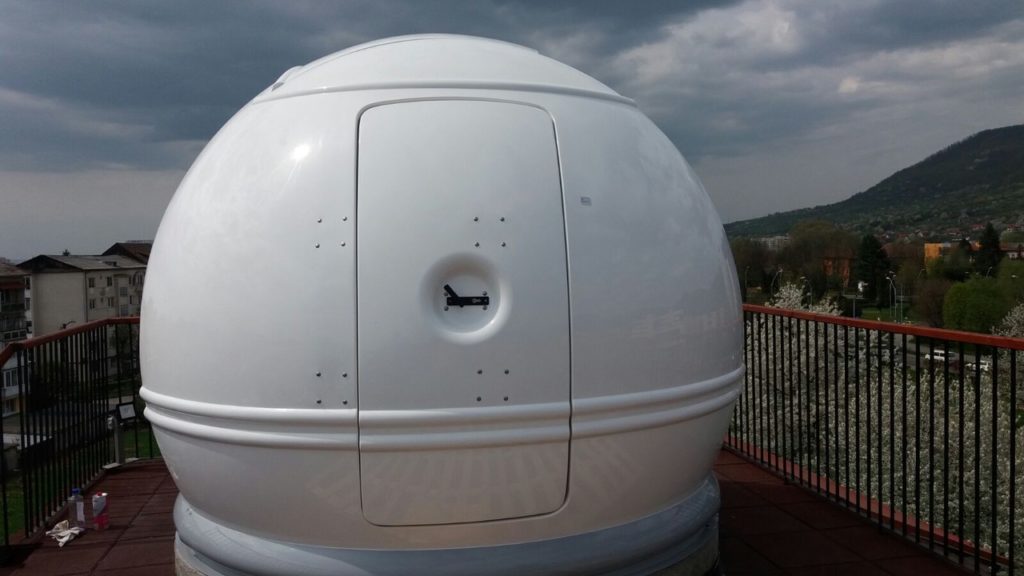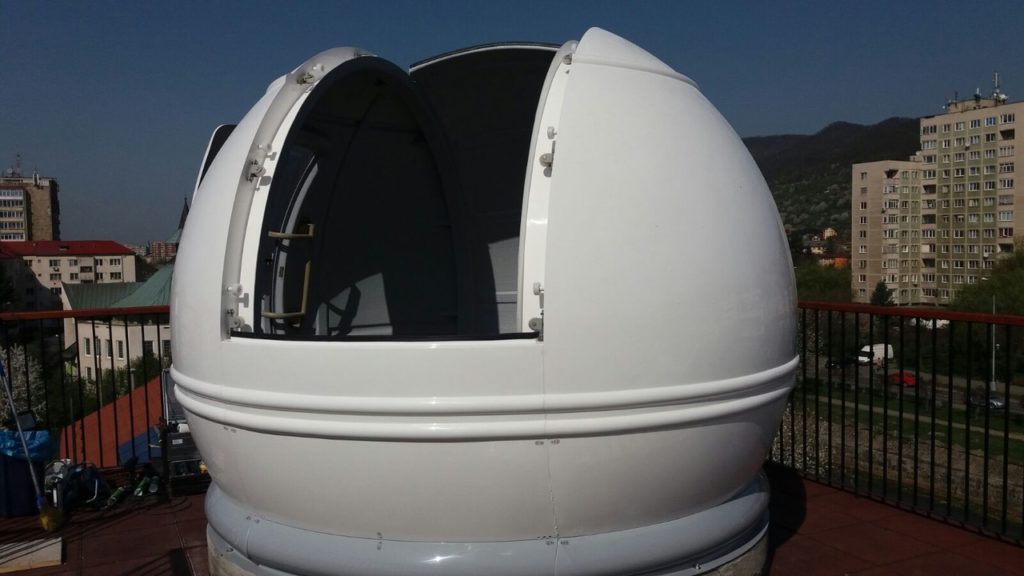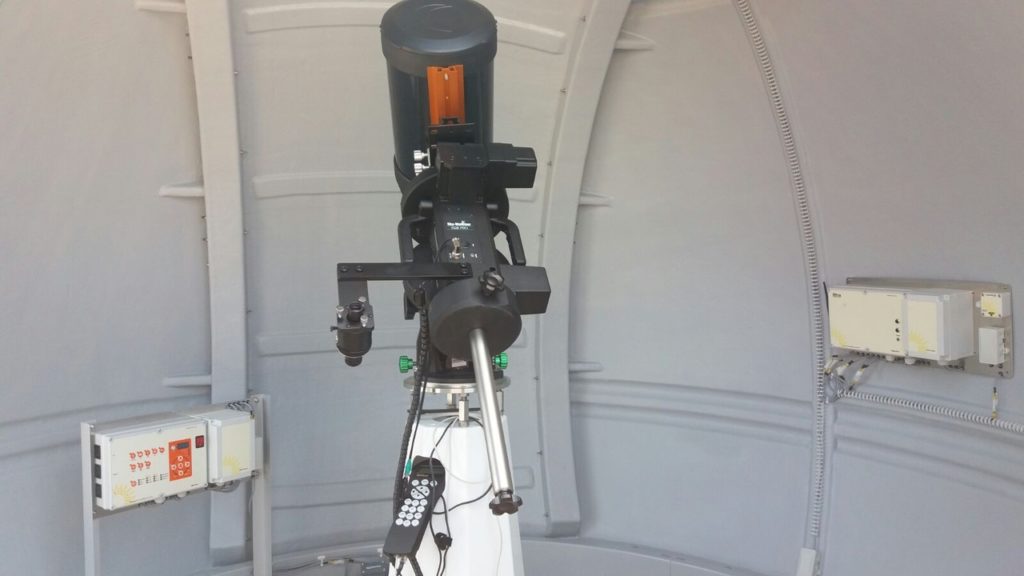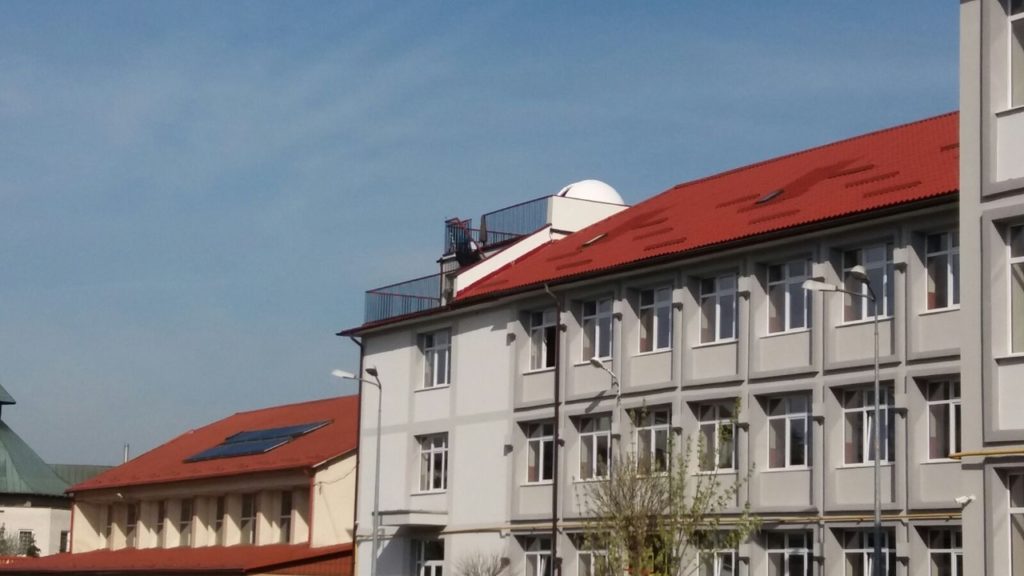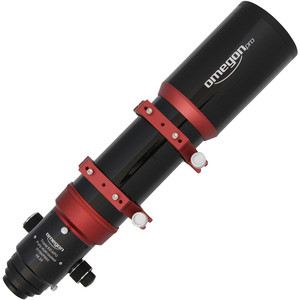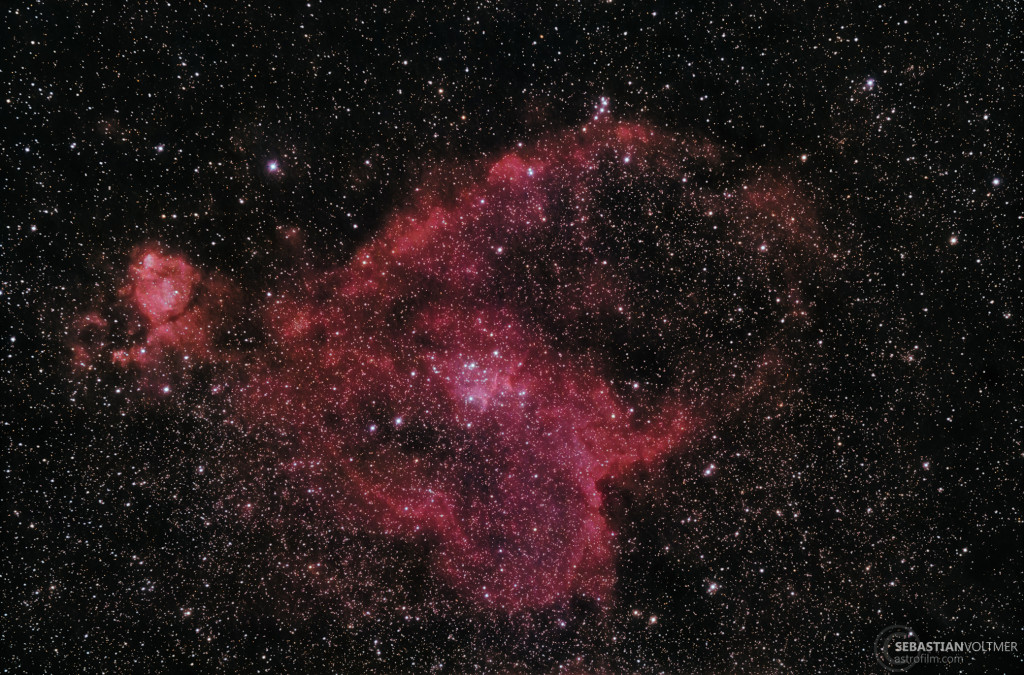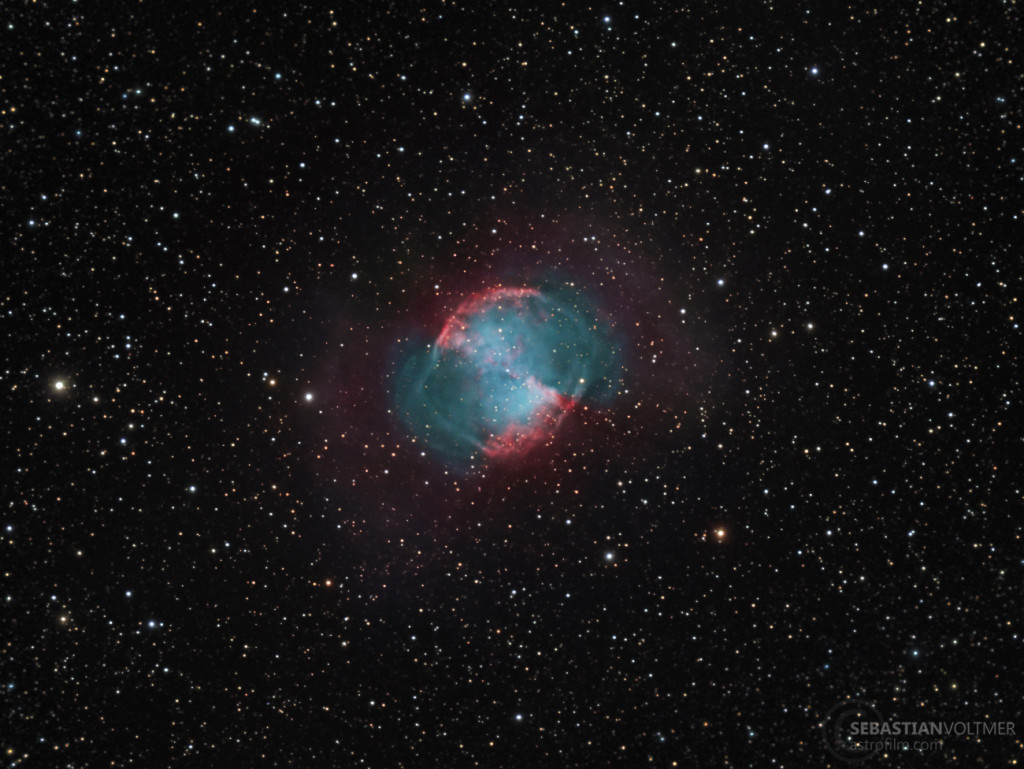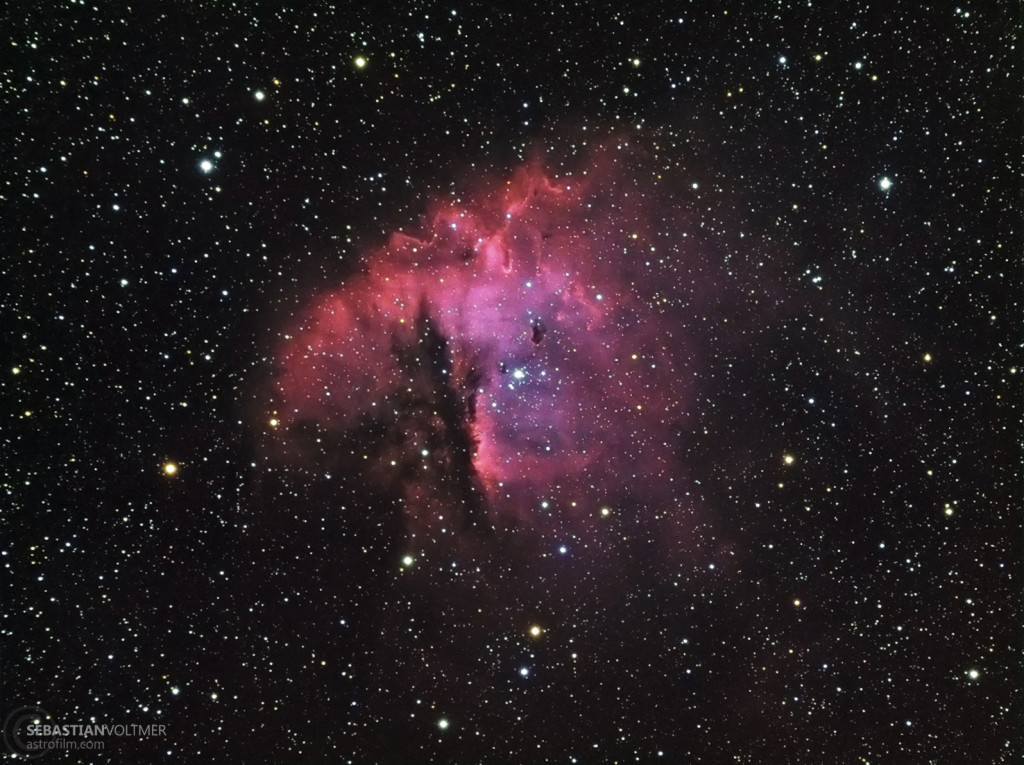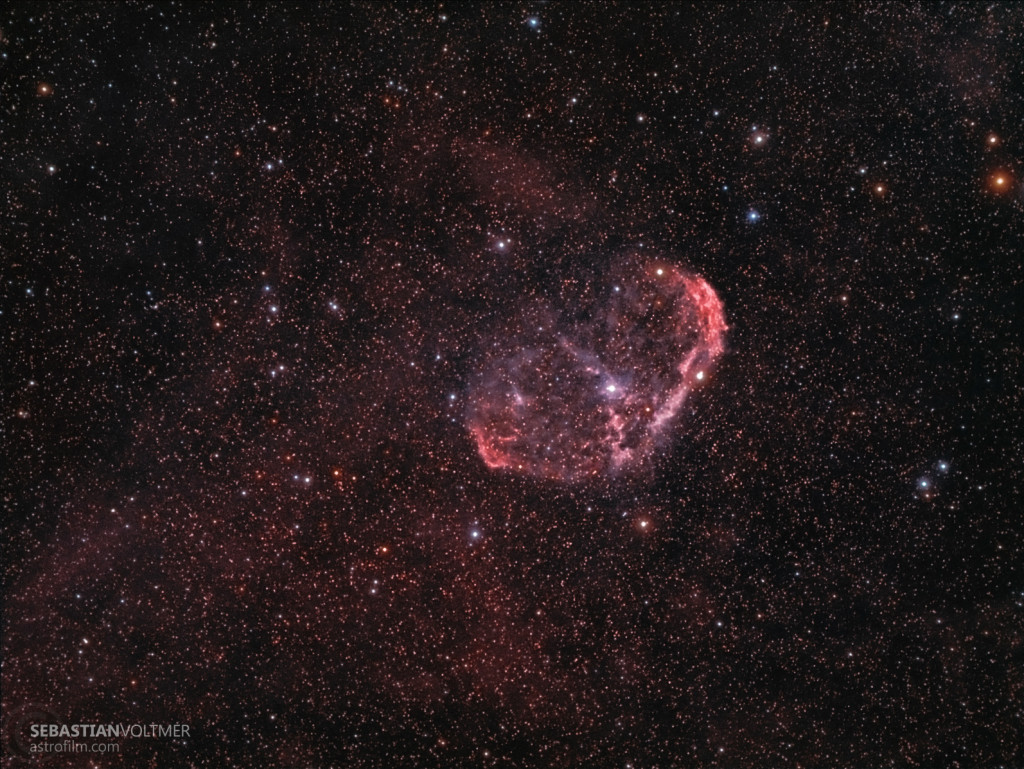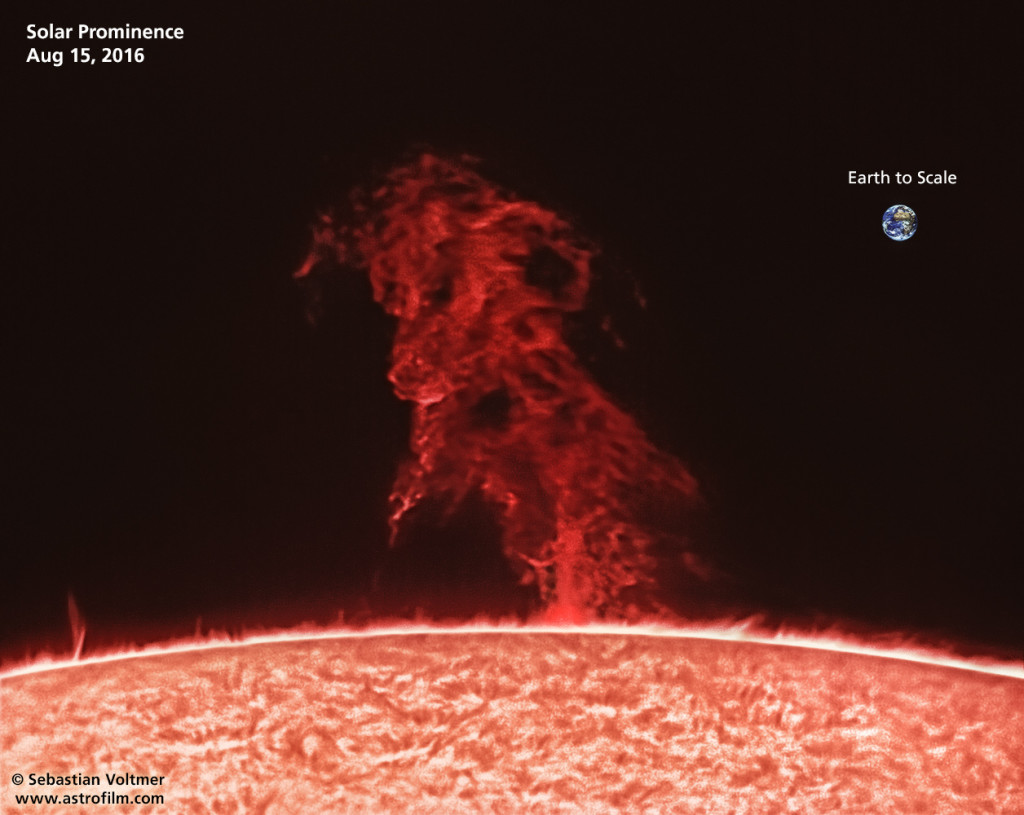After quite a while, we are finally going to get another visitor…. from SPACE! The comet 46P/Wirtanen will approach Earth, becoming brighter and brighter, and will be visible to the naked eye. But, a look through binoculars or telescope truly allows you to take in the comet’s beauty. The best time to see the comet is between the beginning of December and the 25th of December.
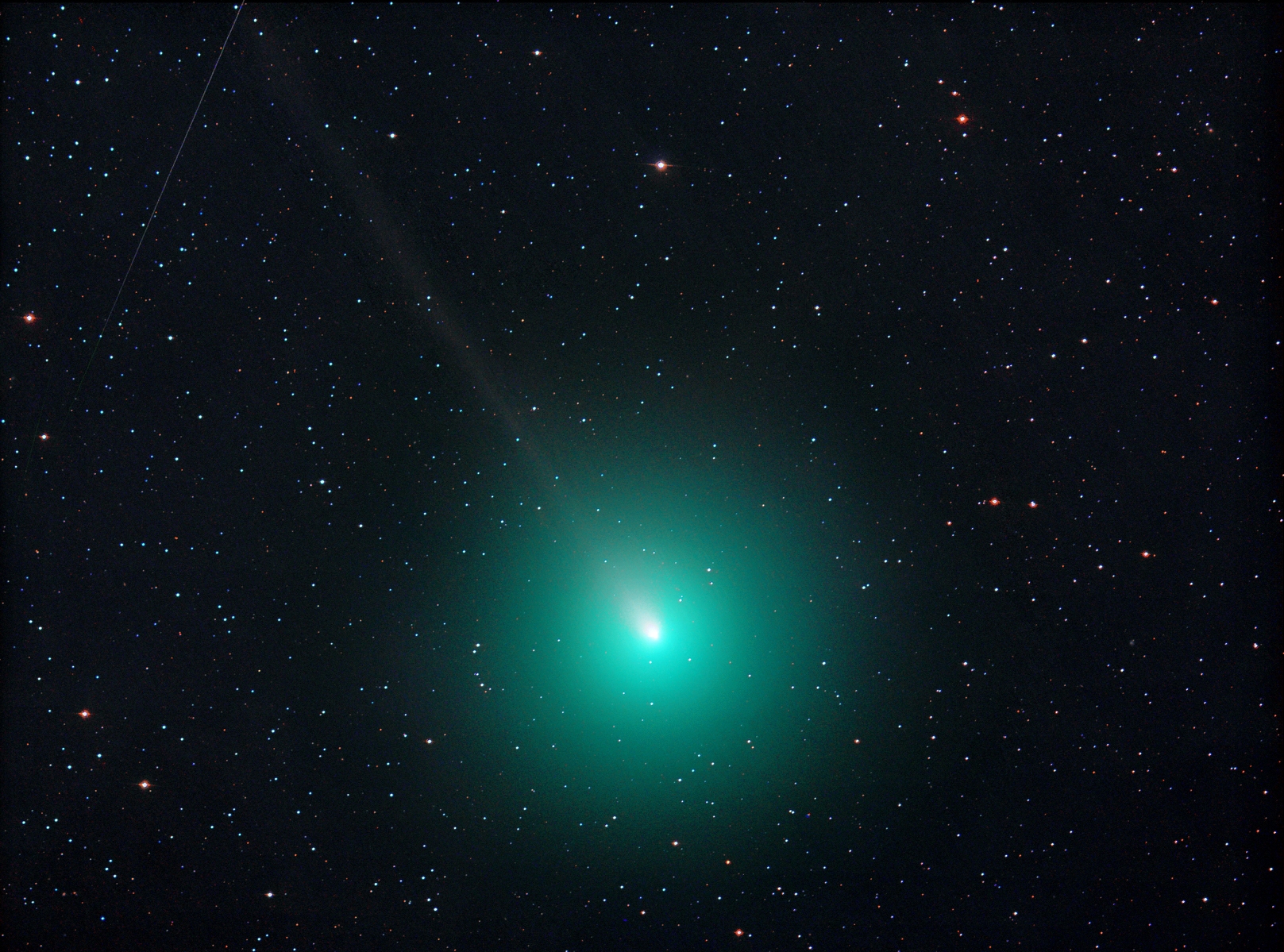
This photo was taken with a Celestron Teleskop Astrograph S 203/400 RASA 800 OTA. © Michael Jäger. Thanks to Celestron, who made the photo available to us.
A Comet with the Naked Eye?
46P/Wirtanen is a short-period comet which takes 5.5 years to come back around for another visit. This December, however, is a special visit, since the comet will appear especially bright in the night sky. If all goes as planned, Wirtanen’s brightness could reach the 3rd class and be easily visible to the naked eye, or better yet with a pair of binos.
If you haven’t yet seen a comet, then now is the right time! A bright comet is one of the most enjoyable experiences in Astronomy.
Why will the comet be 160,000 times brighter?
So, what is so special about it? Only every few years, we have the pleasure of seeing a comet with the naked eye. The last occurrence was 2014/15, when comet Lovejoy (C/2014 Q2) was visible to the naked eye for a short while at the end of the year.
Wirtanen has always been a weak comet. But this year, we get a nice year-end present: excellent positioning. As a result of a course correction, after a close encounter with the gas giant Jupiter, the comet’s orbit around the sun is now significantly closer to our star. At the same time, the Earth is much closer to the comet’s orbit, making it appear brighter. As a comparison: when discovered, 46P/Wirtanen was at a brightness of 16 mag. When it passes by Earth, it will appear 160,000 times bright at 3 mag.
When and where can we see it?
Wirtanen will be visible in the evening sky throughout December. On the 12th of December, it will reach its closest position to the Sun and on the 16th its closest position to the Earth at only 11 million km, roughly 30 times the distance from the Earth to the Moon. Exactly at the point, in the evening of the 16th, the comet will reach its brightest point from Earth’s perspective, the so called perigee between the Pleiades and the Hyades.
The biggest obstacle will be the Moon spoiling the party and obscuring our view of the night sky and Wirtanen. In the early morning hours, after the Moon sets, you will be able to catch a bit of the comet before it disappears below the horizon.
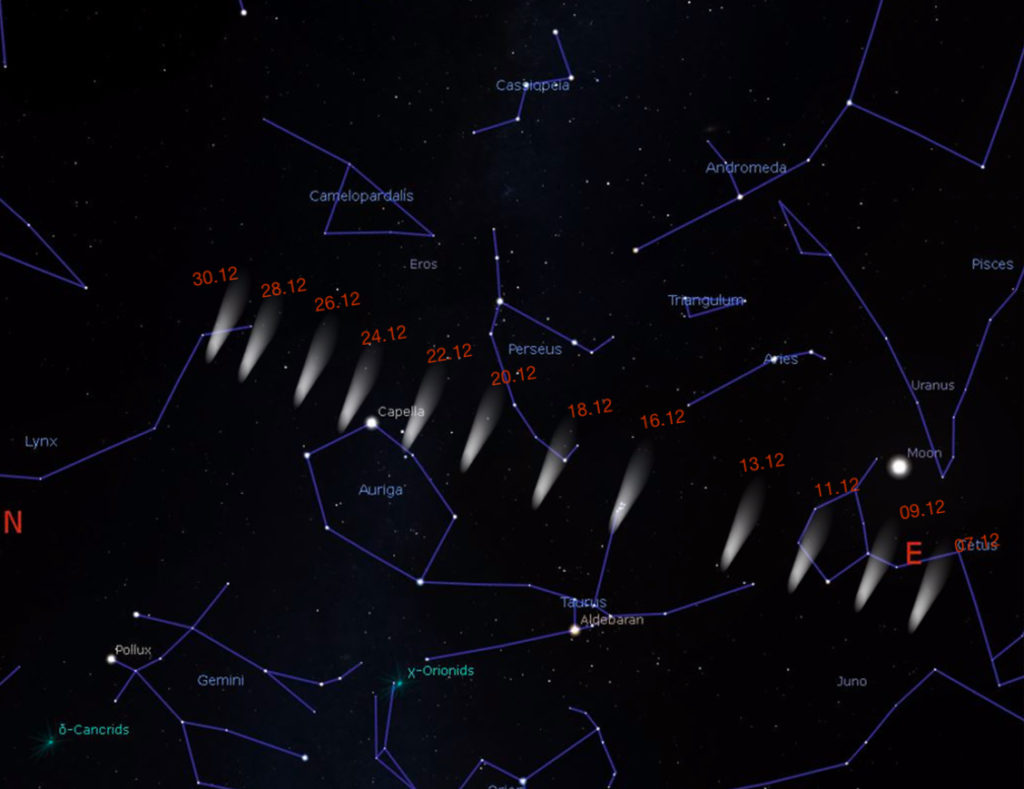
Find yourself a dark place
But wait, didn’t we say that the comet should be visible to the unaided eye? Stars of a similar magnitude will also be visible, even when the Moon is bright in the sky. Yes, but the magnitude of the comet is spread across a surface – the comet’s coma of roughly 0.5°. As a comparison: that means the entire diameter of the Moon. To get the best view, you should try to find a dark sport, away from man-made light, and wait until the Moon is out of the way.
Have a look first right after dusk. At the beginning of December, the comet will hug the horizon, but climb higher and higher in the sky with each day. On the 10th of December, it will arrive at the head of the Cetus or whale constellation and makes its way to Taurus.
From the 24th onward, you will be able to see the comet before the Moon rises in the sky. 46P/Wirtanen will then be found close to the star Capella in the constellation Auriga. The early evening hours will give you the best chance of seeing it. In the following days, the Moon will rise later and lunar-free periods will grow longer.
Better yet, get yourself some binoculars or a telescope
With binos or a telescope, the comet will appear much more impressive. Take the time to check out the large green coma and if you have a telescope, even the little tail. By the way: an excellent thing to have on hand is a pair of Omegon Wide-field Binoculars.
Take the chance now and check out, what some are calling “the Christmas Comet”. Clear skies and have fun!

